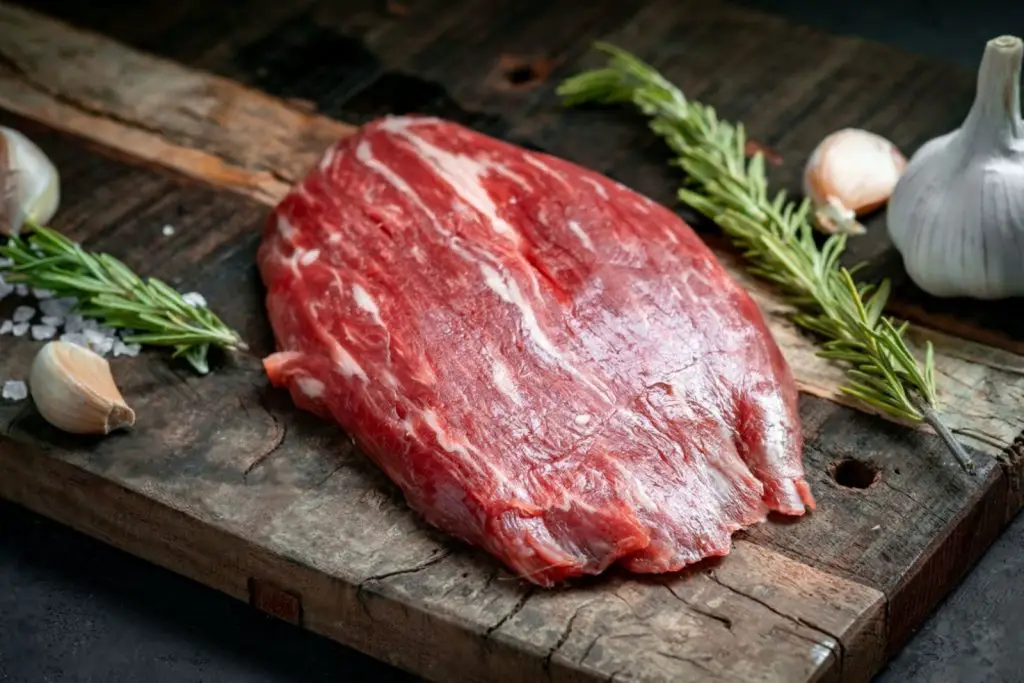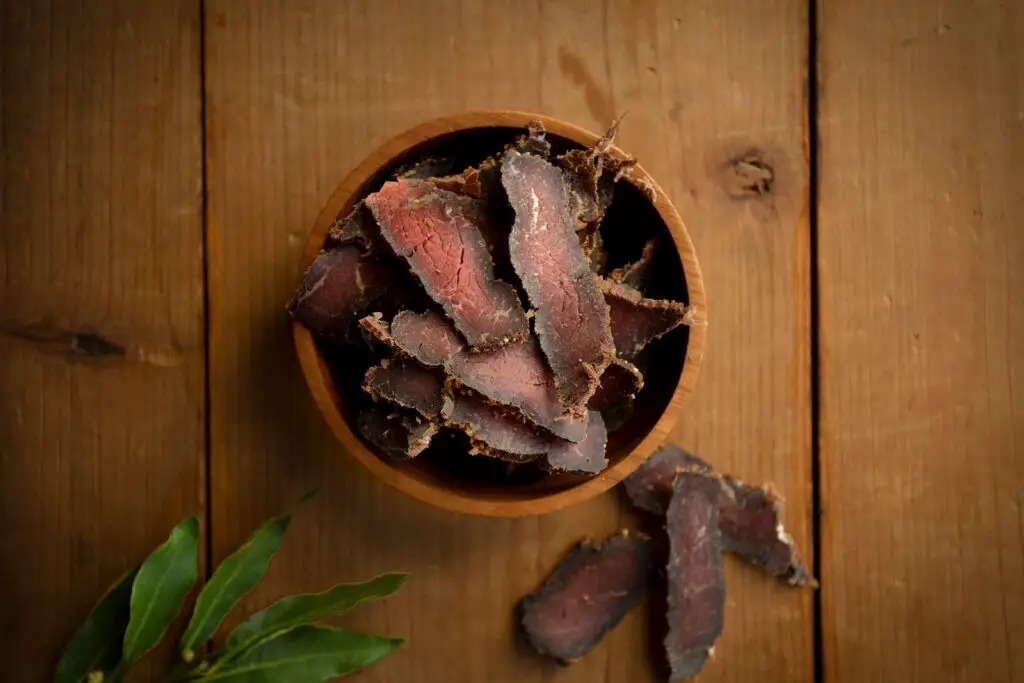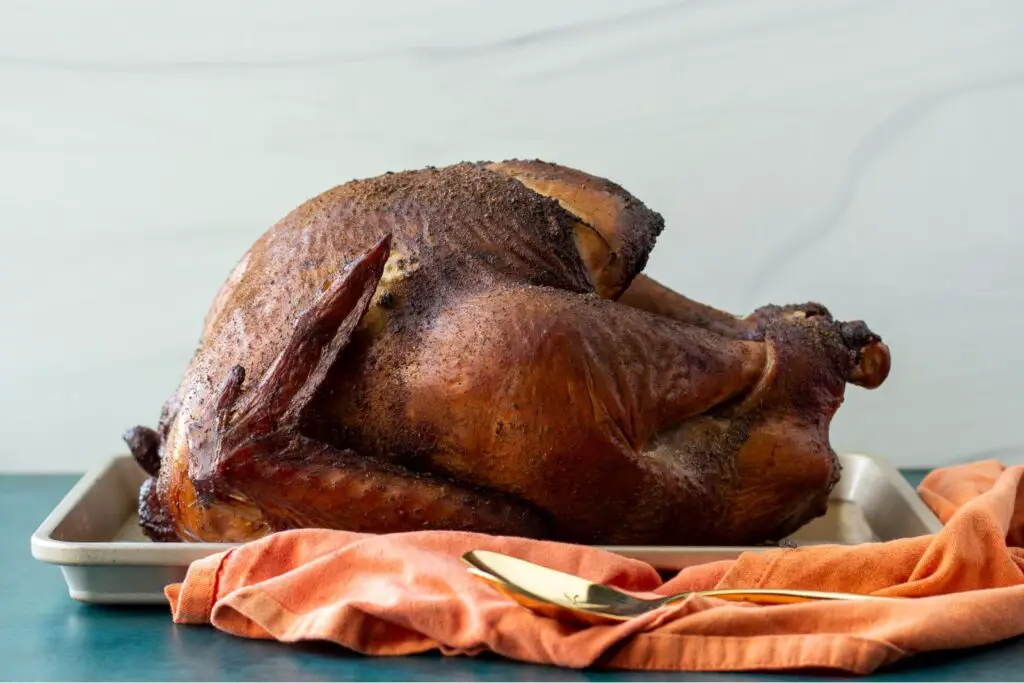
Italian sausages are a flavorful and versatile meat option commonly used in various Italian dishes. Whether you’ve purchased them in bulk or have leftovers from a delicious meal, freezing Italian sausages can help extend their shelf life and allow you to enjoy them at a later time. By following a few simple steps, you can freeze Italian sausages properly while maintaining their quality and taste. This article will provide a step-by-step guide on how to freeze Italian sausages, ensuring that they remain delicious for future use.
Here’s a step-by-step guide on how to freeze Italian sausages:
Step 1: Choose fresh Italian sausages
When freezing Italian sausages, it’s crucial to start with sausages that are fresh and of high quality. Opting for sausages that have not exceeded their expiration date ensures that you freeze sausages that are in the best possible condition.
Selecting fresh sausages guarantees that they have not been sitting in the refrigerator for an extended period, reducing the risk of spoilage. Fresh sausages are also more likely to have better flavor and texture compared to sausages that have been stored for a long time.
Choosing sausages that are within their expiration date is essential for food safety reasons. Expiration dates indicate the recommended period during which the sausages maintain their quality and safety. Using sausages that have expired can increase the risk of bacterial growth and foodborne illnesses.
Inspect the sausages for any signs of spoilage, such as an off odor, slimy texture, or discoloration. These are indications that the sausages may have already gone bad and should not be frozen. Always prioritize quality and freshness when selecting sausages for freezing to ensure the best results when you eventually thaw and cook them.
Step 2: Prepare the sausages
To ensure optimal results when freezing Italian sausages, proper preparation is key. Before placing the sausages in the freezer, it’s important to take a few necessary steps to maintain their quality.
Firstly, remove any packaging or casings from the sausages. Packaging materials, such as plastic wrap or styrofoam trays, may not be suitable for freezing as they can affect the texture and taste of the sausages. Moreover, they can cause freezer burn, which can lead to a loss of flavor and a deterioration in the overall quality of the sausages. By removing the packaging, you eliminate these potential issues and allow the sausages to freeze more effectively.
Additionally, you have the option to portion the sausages into individual servings before freezing. This step can be especially convenient if you plan to use the sausages in smaller quantities or if you prefer the convenience of having pre-portioned servings. By dividing the sausages into individual portions, you can easily thaw and use only what you need, reducing waste and ensuring that the remaining sausages remain frozen and fresh for future use.
When portioning the sausages, consider your typical serving size or recipe requirements. You can divide them into equal portions using plastic wrap or freezer-safe containers, ensuring that each portion is adequately sealed to prevent freezer burn and maintain the sausages’ quality.
Should I remove the casings before freezing sausages?
It is generally recommended to remove the casings before freezing sausages. Casings can become tough and affect the texture of the sausages when frozen. However, if you prefer to keep the casings intact, make sure they are freezer-safe and properly wrap the sausages to prevent freezer burn.
Step 3: Wrap the sausages
When freezing Italian sausages, it’s crucial to protect them properly to maintain their quality and prevent freezer burn. Wrapping the sausages tightly in plastic wrap or aluminum foil is an effective method to achieve this.
Freezer burn occurs when food is exposed to air and moisture in the freezer. It can cause dehydration and oxidation, leading to changes in flavor, texture, and overall quality. By tightly wrapping the sausages, you create a barrier that helps minimize air exposure and reduce the likelihood of freezer burn.
Plastic wrap is a convenient option for wrapping sausages. Ensure that you wrap each sausage individually, making sure there are no gaps or openings in the wrap. Press the plastic wrap tightly against the sausages, removing as much air as possible before sealing. This helps create a protective layer that minimizes air circulation around the sausages, reducing the risk of freezer burn.
Alternatively, aluminum foil can also be used to wrap the sausages. Like plastic wrap, wrap each sausage individually and ensure that the foil is tightly sealed to maintain a proper barrier against air and moisture. Aluminum foil provides an added layer of protection and insulation, helping to preserve the sausages’ flavor and texture during freezing.
Step 4: Place in freezer bags
After wrapping the Italian sausages, it’s important to transfer them into freezer bags for further protection during freezing. Freezer bags are designed specifically for freezing food and offer better insulation and protection against freezer burn compared to regular storage bags or containers.
Freezer bags are made of thicker and more durable materials that help maintain a stable temperature inside the bag. This insulation prevents the sausages from being affected by fluctuations in temperature and minimizes the risk of freezer burn. Additionally, freezer bags are often designed with airtight seals that help keep out air and moisture, preserving the sausages’ quality.
When placing the wrapped sausages into the freezer bags, ensure that you remove as much air as possible from the bags before sealing. Excess air can contribute to freezer burn and deteriorate the sausages’ texture and flavor over time. One way to remove air is by gently pressing on the bag, starting from the bottom and working your way up, while sealing it. Alternatively, you can use a straw to suck out the air from a small opening before sealing the bag completely.
Step 5: Label and date the packages
Labeling and dating the freezer bags containing the Italian sausages is an important step to keep track of their contents and ensure proper rotation of frozen food items. This practice helps you maintain an organized freezer and ensures that you use the sausages within a reasonable timeframe to maintain their quality.
When labeling the freezer bags, it’s crucial to include essential information such as the contents (Italian sausages) and the date of freezing. This information allows you to quickly identify the sausages and know how long they have been stored in the freezer. It also helps prevent confusion with other frozen items and ensures that you use the sausages in a timely manner.
Writing the labels clearly and legibly is essential. Use a permanent marker or a label that is resistant to moisture and smudging. This way, the label remains visible and readable even after prolonged storage in the freezer. Place the label on the front or top of the bag where it is easily visible and won’t get obscured by other items.
By labeling and dating the packages, you can keep track of the sausages’ storage duration and make informed decisions when selecting which ones to use. It allows you to follow the “first in, first out” principle, where you prioritize using the oldest sausages before moving on to newer ones. This practice ensures that you consume the sausages at their best quality and minimizes the chances of them being forgotten or wasted.
Step 6: Arrange in the freezer
Properly arranging the sealed and labeled freezer bags of Italian sausages in the freezer is crucial for efficient storage and optimal preservation. Following a few guidelines when arranging the bags will ensure easier access, prevent damage, and save space in your freezer.
Firstly, place the sealed freezer bags of Italian sausages in a flat position. This arrangement allows for easier stacking of the bags, maximizing the use of vertical space in the freezer. Stacking the bags also helps to keep them organized and prevents them from shifting or falling over, which can lead to potential damage or freezer burn.
By placing the bags flat, you create a stable foundation for other items in the freezer. This arrangement minimizes the risk of the sausages being crushed or damaged by heavier items placed on top of them.
It’s important to avoid placing other items on top of the sausages to prevent any potential damage to the packaging. The pressure from other items can cause the sausages to become misshapen or even puncture the bags, compromising the quality of the sausages inside. Keeping the sausages separate from other items helps ensure their integrity and protects them from any potential contaminants or odors.
Additionally, consider dedicating a specific area or shelf in your freezer for the Italian sausages. This designated space makes it easier to locate and retrieve the sausages when needed, further improving organization and accessibility.
Step 7: Store in the freezer
Once you have arranged the sealed and labeled freezer bags of Italian sausages, it’s important to store them in the coldest part of the freezer to maintain their quality and safety. The colder temperatures in certain areas of the freezer, such as the back or bottom shelves, play a vital role in preserving the sausages.
Lower temperatures in the coldest parts of the freezer help to slow down the deterioration of the sausages. The cold environment helps maintain their freshness, flavor, and texture over an extended period. Storing the sausages in the coldest part of the freezer minimizes the chances of temperature fluctuations that can negatively impact their quality.
The back or bottom shelves of the freezer are typically colder because they are further away from the freezer door, where warmer air can enter more easily. Placing the sausages in these areas ensures that they are subjected to consistently low temperatures, reducing the risk of any temperature fluctuations that could compromise their quality.
Additionally, storing the sausages in the coldest part of the freezer helps ensure their safety for consumption. Lower temperatures inhibit the growth of bacteria and other microorganisms that can cause foodborne illnesses. Properly stored sausages are less likely to develop harmful bacteria, ensuring that they remain safe to eat.
Remember to avoid storing the sausages near the freezer door or in areas where they may be exposed to warmer temperatures or frequent temperature fluctuations. Following these guidelines ensures that the sausages stay in the best possible condition until you’re ready to enjoy them.
How long can Italian sausages last in the freezer?
Italian sausages can last in the freezer for approximately 1 to 2 months without significant loss in quality. When properly stored at 0°F (-18°C) or below, they can potentially remain safe to eat for even longer periods, up to 3 to 4 months. However, it’s always recommended to consume them within the earlier timeframes for optimal flavor and texture.
Other related questions
How do I defrost Italian sausages?
To defrost Italian sausages, there are a few methods you can use. The recommended method is to transfer the sausages from the freezer to the refrigerator and allow them to thaw slowly over a period of 24 to 48 hours. Alternatively, you can use the defrost function on your microwave, following the manufacturer’s instructions. Another option is to place the sausages in a sealed plastic bag and submerge them in cold water, changing the water every 30 minutes until thawed. It’s important to ensure that the sausages are fully thawed before cooking them.
Can I refreeze Italian sausages?
It is generally safe to refreeze Italian sausages if they have been thawed properly and have not been at room temperature for more than 2 hours. However, each subsequent freezing and thawing cycle may cause a decline in quality, resulting in texture changes and potential loss of flavor. It is advisable to plan portion sizes and thaw only what you need to minimize the need for refreezing.
How do I know if the Italian sausages have gone bad after being frozen?
To determine if frozen Italian sausages have gone bad, carefully inspect them for any noticeable signs of spoilage. Look for significant changes in color, such as an abnormal or off-putting discoloration. Check for a foul odor, as an unpleasant smell may indicate bacterial growth or deterioration. Additionally, examine the texture of the sausages for any sliminess, excessive dryness, or unusual formations, as these can be indicators of spoilage. If any of these signs are present, it is recommended to discard the sausages to avoid the risk of consuming spoiled food.
Can I freeze cooked Italian sausages?
Yes, you can freeze cooked Italian sausages. Allow them to cool completely before wrapping and packaging them for freezing. Freezing cooked sausages can be a convenient option for meal prepping or preserving leftovers.
Can I freeze raw homemade Italian sausages?
Yes, you can freeze raw homemade Italian sausages. Make sure they are properly seasoned, shaped, and wrapped tightly in plastic wrap or placed in airtight freezer bags. Freezing raw sausages preserves them for future use, such as grilling, baking, or cooking in various recipes.
Can I freeze Italian sausages with added ingredients or spices?
Yes, you can freeze Italian sausages that have added ingredients or spices. However, keep in mind that some ingredients may affect the texture or flavor after freezing. It is recommended to test a small portion before freezing a large batch to ensure the desired quality is maintained.








